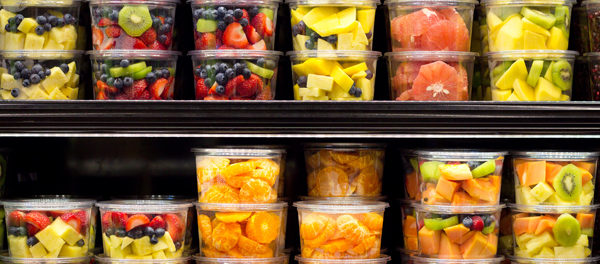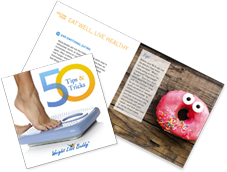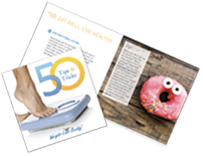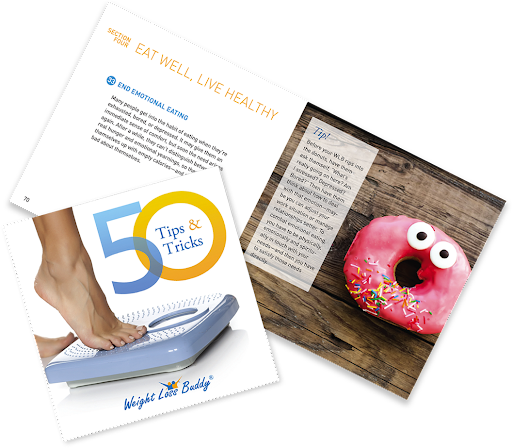What’s the Best Way to Get Food During a Pandemic?

A couple of weeks ago, as the possibility of the looming coronavirus pandemic began to settle in for most Americans, many people started preparing to ward off the virus by thinking about personal hygiene. Because advice about the efficacy of hand-washing and personal sanitization came early, Americans invaded big-box stores across the country to stock up on hand sanitizer, disinfectant wipes, cans of Lysol, and, for some reason, bales and bales of toilet paper. Feeling ready to clean up after yourself is pretty easy.
Since the nationwide run on Purell began, figuring out how to conduct everyday life has gotten only more complicated. Canceled events, school and office closures, and pleas from public-health officials to avoid contact with others have started to change the rhythms of daily life, and the omnipresent question of what to eat has taken on a new, moral complication. Keeping yourself fed via the delivery services and grocery stores that most Americans rely on is a necessary task that can’t easily be completed while avoiding other people.
Nutrient-dense fresh foods—the kinds people should ideally be eating when their health is at stake—are expensive and go bad quickly. Not everyone has an extra freezer, or the money to fill it. Some people just can’t cook for themselves. If you’re not a person who keeps a stocked pantry, that’s when confusion sets in: Is it safe to order delivery, both for you and for the person bringing you food? Is it safe to go to a grocery store that might be packed with panicked people? How do you support community businesses while social distancing? How do you lessen the burden that you put on people in service jobs? It’s time for America to figure out how to feed itself during a pandemic.
Excerpted from The Atlantic










